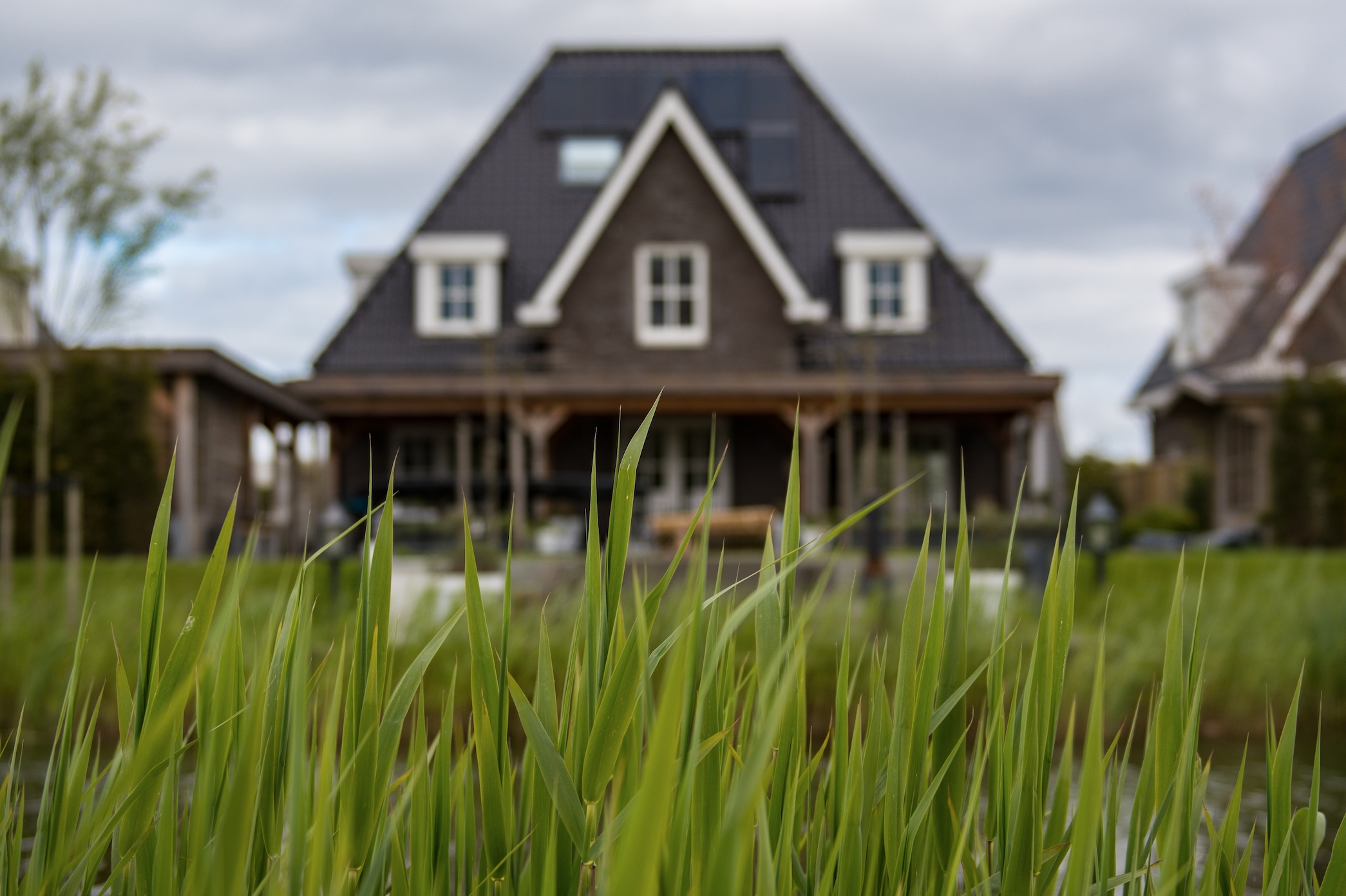Experts will help you find the right style, profile, and materials for your renovation project within the existing legal framework.
The world is gravitating towards sustainability and environmental protection. Home renovation projects- and the construction industry as a whole- are obligated to change with the rest of the world. If you are considering renovating your home, it’s important to think green. Adopting green home renovation practices is not only being socially responsible, but it’s also a smart investment. Future home buyers will be more environmentally conscious than modern buyers, so your home will be more valuable and marketable after going green.
As you think about green home renovations, it’s important first to understand your area’s building codes and ordinances. This includes the permits, approvals, and authorizations you may need from your city or local governments. This article sheds some light on green home renovations and the legal aspects of it.
Green Home Renovation: What Is It?
Green remodeling is about being conscious of the environment during and after the remodeling project. It’s about reducing waste during the renovations, recycling where possible, and using the renovation to enhance the home’s energy efficiency. Green home renovation is characterized by:
- Better waste management: If you’ll be knocking down some walls, you should ensure that all the debris is properly disposed of.
- Recycling: Upon demolition, you should salvage, recycle, and reuse as many materials as possible to reduce the amount that ends up in landfills. You can reuse anything from wood flooring, appliances, doors, etc.
- Donate or sell usable household building materials and appliances: Instead of sending perfectly working appliances to a landfill just because they’re outdated, you’d rather donate them to someone who might put them to good use.
- Proper handling of hazardous materials: Fluorescent light bulbs, used paint, old batteries, and other hazardous wastes should be handled with public health and the environment in mind. You have to follow proper disposal protocols for hazardous waste.
- Energy-saving: Use building materials that insulate the home and make it more energy efficient. It’s important to be guided by the Environmental Protection Agency guidelines when selecting new appliances for your new green home. All your household items should be energy-efficient to ease your reliance on the national grid.
- Water-saving: You need to be intentional about saving water in your green home by installing eco-friendly shower heads, faucets, toilets, etc. Eco-friendly water features in a green home are fitted with a flow regulator that restricts water flow. If you need help deciding which water-saving features to install, it’s best to work with professionals such as these experts in shower replacement in Sacramento. Having a professional do the shower replacement or install a water-efficient faucet/toilet ensures high-quality workmanship. Poorly done shower installation can be a fire hazard in the future.
With that in mind, let’s now delve into the legal considerations associated with environmentally friendly home renovations.
Environmental Regulations

Green home renovations must adhere to strict regulations and guidelines that are centered on waste management, air quality, and hazardous waste disposal. Most environmental regulations in America’s construction sector are enforced by the Environmental Protection Agency (EPA). Failure to adhere to regulations within your city or state can attract financial penalties or jail time. Some of the most common environmental regulations you need to be keen on include:
- Guidelines on water pollution as established by The Clean Water Act (CWA). You will require the approval of the National Pollutant Discharge Elimination System (NPDES) if water from your renovation project could potentially pollute a lake, river, or ocean directly.
- Guidelines on hazardous waste handling as stipulated in the Recovery Act (RCRA).
- Guidelines on the protection of species (both plants and animals) that could be endangered by your construction activity, as per The Endangered Species Act (ESA).
- Guidelines on air pollution due to construction activity, as set out by The U.S. Clean Air Act (CAA).
Do You Need Permits For Green Home Renovations?
While permit requirements vary from one city to the other, it’s possible to generalize permits on public and personal safety during green home renovations. Common permits that protect the general public include:
- Any project that requires demolitions.
- Projects that lead to a total layout of the home or the roof.
- Renovations that require major electric installations.
- Building decks over a certain height.
- Fencing.
- Anything that interferes with the sewer line.
- Chimney installation.
- Landscaping, especially if you’ll be cutting down a tree on your property.
Regulatory Compliance In Green Home Renovation
Which construction safety compliance requirements should you be cautious about during a green home renovation project?
- Building codes: The codes define the quality of wiring, structural integrity, and fire safety standards.
- Safety compliance: You need to work in liaison with the contractor to ensure that workers are safe on the renovation site. At the very least, workers should have head, face, and eye protection.
- Construction contract compliance: This compliance safeguards workers from all forms of discrimination and/or extortion.
- Insurance for 3rd parties.
Conclusion
As you can see, there are many regulations and compliance requirements associated with a green home renovation. These regulations are meant to ensure the best possible quality workmanship and optimal public safety. But because the regulations are complicated and varied, it’s advisable to work with experts who understand your city’s legal landscape. Experts will help you find the right style, profile, and materials for your renovation project within the existing legal framework.


Join the conversation!